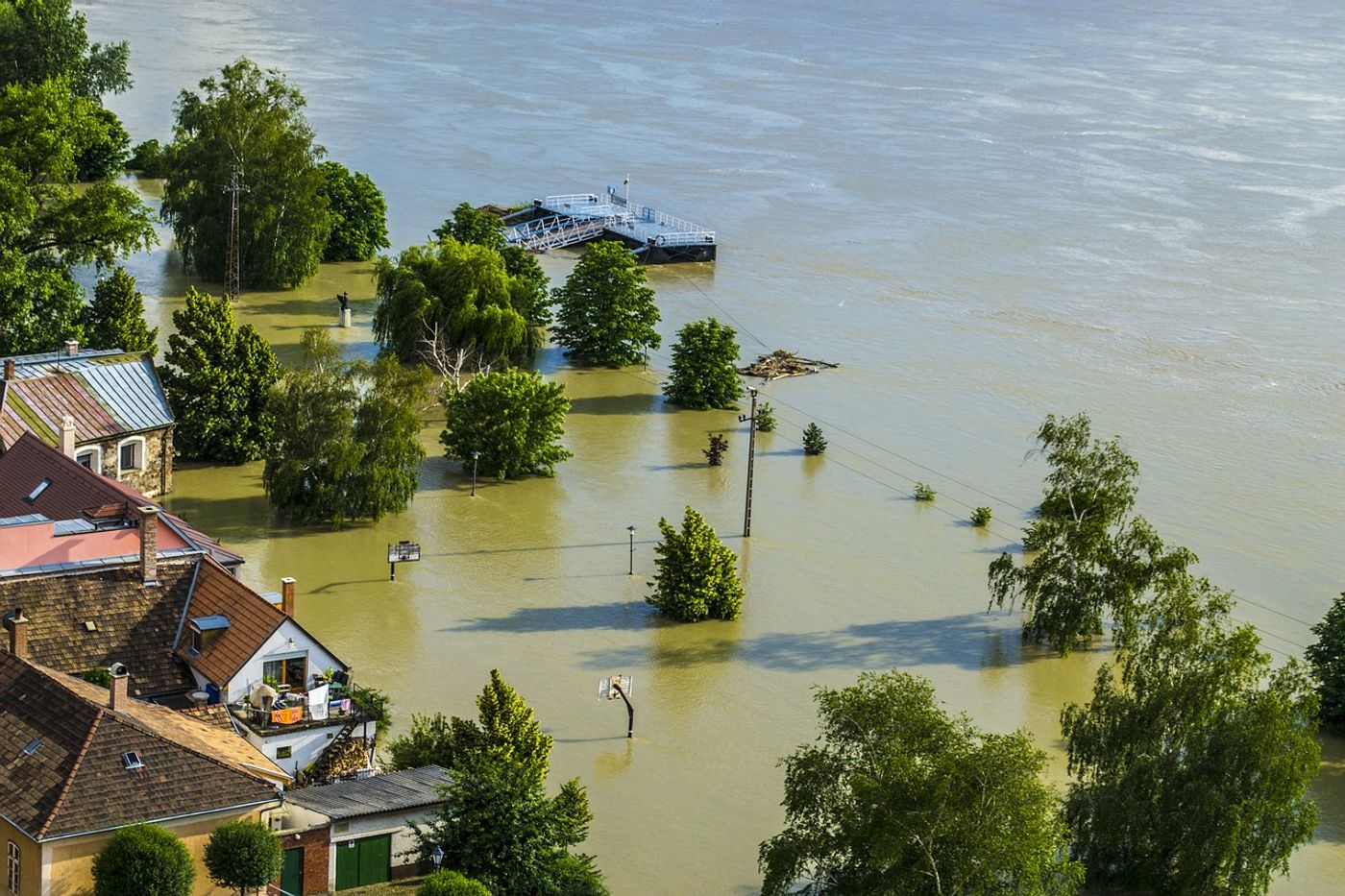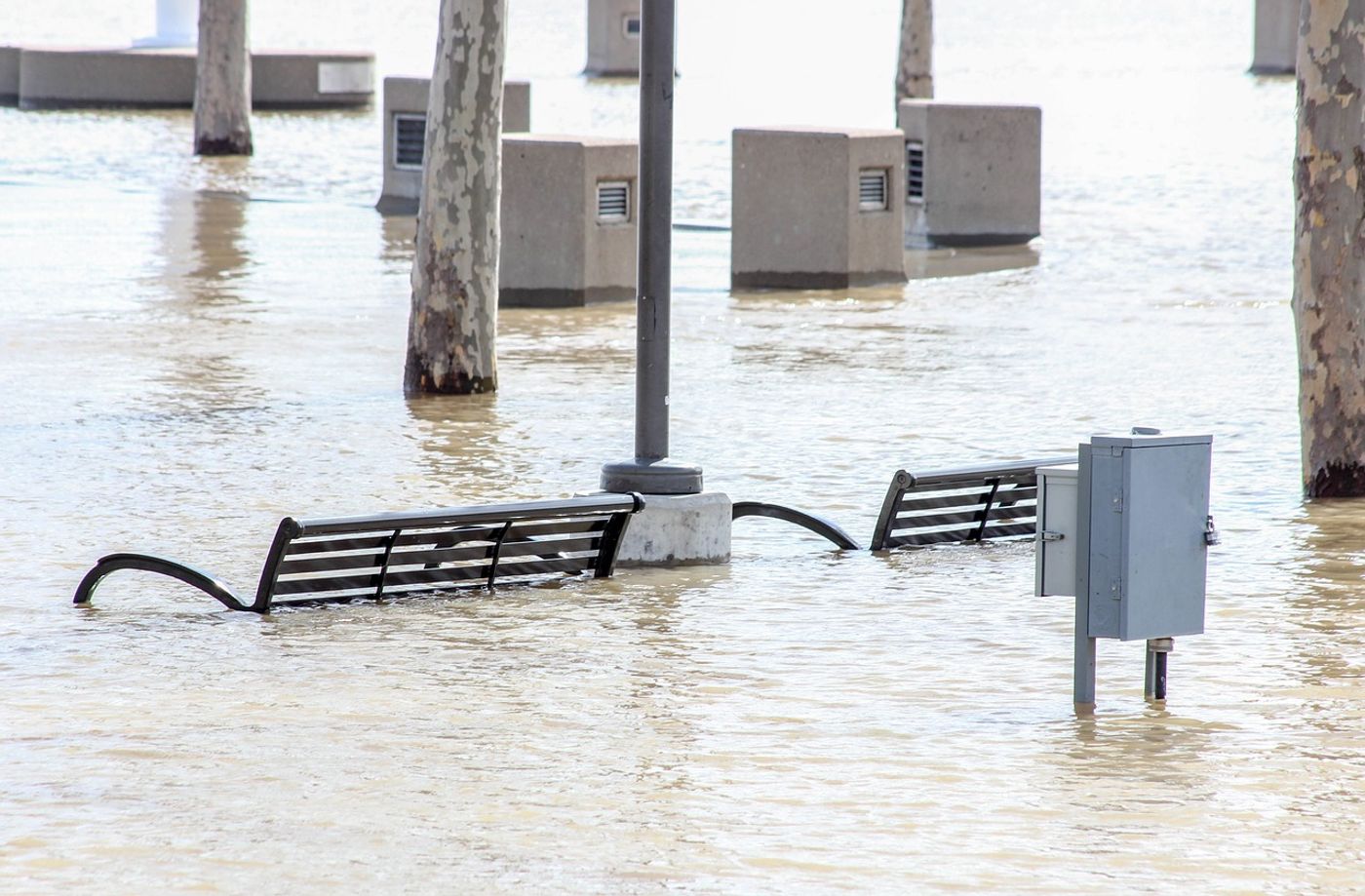Study Triples Estimate of Sea Level Rise Vulnerability
The estimate of people at risk from coastal flooding due to climate-change-related sea level rise has tripled. This daunting news comes from a study published today in the online peer-reviewed journal Nature Communications. The study was conducted by Dr. Scott Kulp—a Senior Computational Scientist and Developer at Climate Central—and Dr. Benjamin Strauss—Chief Scientist, President, and CEO of Climate Central. Climate Central is a policy-neutral, nonprofit organization of leading scientists and journalists who research and report about climate change and its impacts.
According to the study by 2050, coastal flooding will impact more than 300 million people. This figure is projected to rise to 480 million by 2100. The AP reports that the previous estimate projected 80 million people would be impacted by annual floods by 2050. Strauss told AP reporters, “this is a far greater problem than we understood. Far more people live in risky places today than we thought, and the problem only multiplies in the future.”
Why is there such a significant discrepancy between the estimates? The scientists point to coastal elevation estimates as a key reason. They state that accurate elevation data is either unavailable, inaccessible to the public, or “prohibitively expensive” to obtain in many parts of the world. Additionally, overestimates of elevation can underestimate inundation due to sea-level rise. They estimate the average overestimate to be about six feet (two meters), which “matches or exceeds most of the highest sea-level rise projections for the entire century.”
To obtain more accurate elevation readings, they developed a digital elevation model referred to as CoastalDEM. According to their report, CoastalDEM cuts the average overestimate from six feet to about 2.5 feet (0.7 meters), revealing not only more land but more people to be inundated by flooding.
Due to the number of people living in low-lying coastal areas, Asia will see the most significant impacts of sea-level rise in the next 30 to 70 years. China, Bangladesh, India, Vietnam, Indonesia, and Thailand are home to 75% of the 300 million people at risk from coastal flooding in 2050. In 2100, a total of 151 million people in these regions could find their homes permanently underwater.
The scientists state that “deep, immediate cuts global emissions would modestly reduce the danger posed by rising seas this century.” They estimate that this would protect 20 million people by the end of this century. They close their report by reiterating that while they believe this is the best estimate of risk associated with sea-level rise, improved modeling and data for location, population, tides, and sea level is necessary for future estimates.
Sources: Nature, Climate Central, AP










